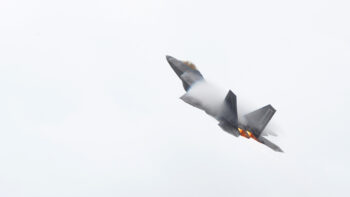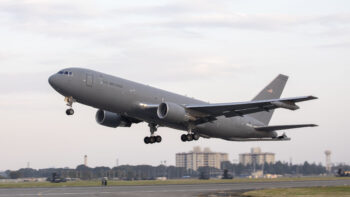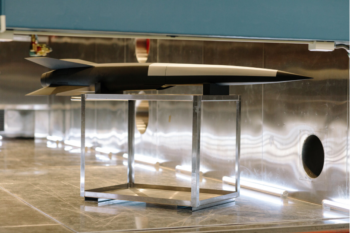COLORADO SPRINGS, NATIONAL SPACE SYMPOSIUM: Spend $5 million to help track possible threats like North Korean missile launches by leaving an Alaskan radar site on at full power. Turn off East Coast radar receivers that provide data about satellites and space debris.
Gen. William Shelton, head of Air Force Space Command, has cut Space Fence radar coverage by one-third, making what he called a prudent risk decision to use a radar at Eglin Air Force Base “that can operate in Space Fence mode” to plug any holes that might develop. That means he’s shut down two of six radar receivers. That’s how tough the balancing act is getting for Shelton as he fights his way through to saving $508 million from his command’s budget. (Perhaps Congress wants to consider how prudent this risk is as it decides what to do about sequestration.)
Shelton said he decided against shutting down the Alaskan radar receiver because of the highly uncertain North Korean situation but now he’s got to find that $5 million from somewhere else in his budget. In addition, he’s cut his civilian contractor workforce by 50 percent.
And he sounded as if the decision has been made to cut spending for the upgrade of the Space Fence, the radar and data system that monitors Earth’s orbit for satellites and the debris that has accumulated there over the years.
Raytheon and Lockheed Martin are competing for this and Shelton said a contract award could be made in the next month. But he also made very clear that they might drop the program. “Is this a priority investment for the future?” he asked. “Some serious decisions need to be made whether it is a capability we need to invest in for the future.” He said he’s “all for it but” he made it pretty clear that others in the Air Force may not agree with his position.
At the same time as cost is making it hard to justify new systems if they are expensive or don’t provide immediately needed capabilities, Shelton said there had recently been a near miss between a “spacecraft that was not maneuverable and objects that got to within 23 meters. That’s close. That’s close.” He also made clear the US cannot accurately monitor many of the smaller pieces of debris, which he estimated at nearly half-a-million. We can monitor a small sliver of that debris, roughly 22,000 pieces.
Finally, the general spoke about Boeing and Ball Aerospace’s Space-Based Surveillance System, which has been very expensive. A study is underway to decide what to do after SBSS, Shelton said. “There are lessons learned from SBSS. We, unfortunately, let requirements creep get the best of us. It’s far more expensive than it needed to be,” he told reporters here. That has been the case for so many space systems over the last 15 years and it is not, Shelton made clear, a pattern that bears repeating.
How the DoD and partners are sharing information without compromising security
In our latest eBook collection you’ll read about the need for an integrated cloud system and how the Air Force is trying to secure its own network, questions about AI in nuclear weapon systems, as well as interviews with key industry players.





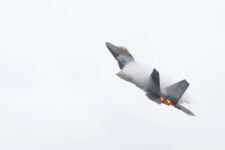
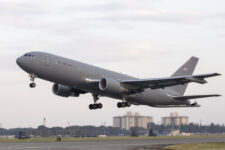
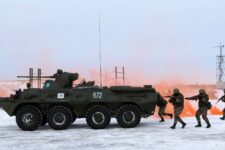
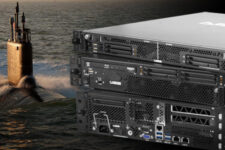
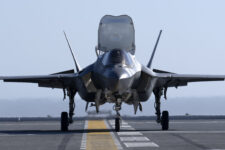

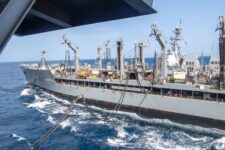
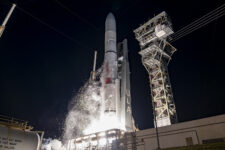

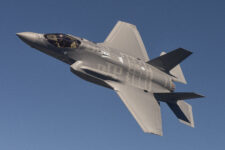

![E-2D_AR_1[1]](https://breakingdefense.com/wp-content/uploads/sites/3/2024/10/E-2D_AR_11-350x233.png)





